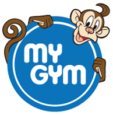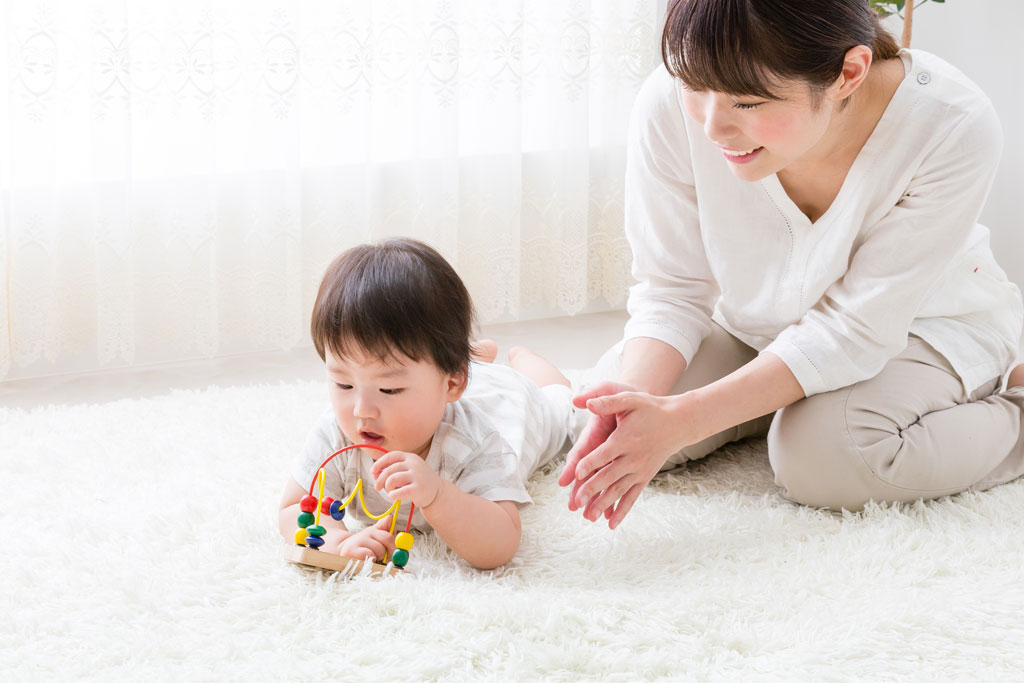How To Begin Preschool Activities at Home
Children start to learn early, beginning as early aswhen they are still in their mother’s womb. Having said that, let’s see what really are the essential skills that are expected in pre-schoolers. Especially at a time when life is full of wonder and moments that will be cherished by both you and your baby. Even the word ‘awesome’ will be understating this experience.
Beginning creative learning activities with speech and language will be simple and easy. In fact you would have already discovered doing this as most mothers often do. Whispering and talking to your baby… about how she is feeling, what she is thinking and what she would be doing once you begin to spend time together. Needless to say, these would be about the most deeply cherished moments which a mother would not want to share with anyone else.
Never too early to start preschool activities

Being practical in life pays rich dividends later on as the baby begins its growth journey. You could focus on developing the skills to speak clearly, understand others and to express ideas and interact.
The sooner you starton creative learning activities, the better it will be for your child when she is ready for school.
Children are always keen on fun activities, likelistening to stories, singing, listening to music. Very soon, you will begin to notice that even babies less than an year old can anticipate and respond to what they hear. Even acting out the characters in stories or start dancing to music they like.
They begin to answer the “how” and “why” questions in response to stories or events they experience.
As a matter of fact, this is how babies learn to tune in to what others say and respond accordingly. They are able to do this even if they are engaged in another activity.
Babies always look for support

By offeringyour child speaking and listening opportunities through everyday conversation and practical fun activities, you will be encouraging language development. In fact you will begin to notice that your little girl is forming her own narratives and explanations by connecting ideas or events.
Your child learns best by observing and imitating adult behaviours, hence it will of great help if parents and siblings model good speech and language skills. Such good practices include:
- Getting your child’s attention and making eye contact, even getting down to her level whenever necessary)
- Speak clearly and calmly
- Use words and articulate in a simple language
- Repeat what the child has said
- Always remember to describe and comment on what is happening
- Listen carefully when your child speaks, and be patient. Give her plenty of time to respond and find her own words to express
- Use all the senses. Gesture and coordinate your tone of voice with matching facial expressions
- Question, but be careful not to badger. This can make your child uncomfortable.
Setting the pacefor preschool activities

Recognizing all the different letters of the alphabet is a fundamental building block and will come in handy when it comes to learning how to read.While doing this little exercise at home, make sure your child has something physical to hold onto or play with while doing this. Like letter stamps or letter cutouts or anything the child can easily connect the sound she hears with what she is seeing. Make it fun.Some ways to support this activity:
- Play find the letter games with the children.Like a letter hunt, letter match, letter sort, or even a letter of the day.
- Make letters with your child. Use dough, paint the letters and stick magnets on the back.
Stories play a major role

Every home needs to have a good stock of story books. Simply reading to your child has plenty of value in itself.
Or better still, you and your child can read the story together. The most effective confidence building activities for pre-schoolers is by making story time more interactive and helpingdevelop your child’s comprehension and communication skills. Like if the story you are reading together happens to be Cinderella, talk to your child:
- Talk about the story while you’re reading it. Ask your child, “ what is going to happen next ?”, or “ will she overcome her feelings that are making her sad?” Or “ is there another way to look at her situation ?”
- Acting out the story with your child will be even more exciting and fun. Encourage your child to participate. Engaging and interacting will enhance comprehension.
- Photocopy pages from your story book. Mix them up and then ask your child to lay it out in order, telling you the story as she is doing it. Celebrate when she gets it right.
- Rhyming and calling out the word at the end of the sentence will be something your child will get a hang of easily. In fact, she will be able to guess faster than you can. Try it out.
- Ask your child’s help to put together a lucky dip story bag. Use pictures or drawings and stick them onto a card. Get her to dip into it and pull out a card, and make up a storyand tell it in her own words.
Children respond to sounds

Bring the sense of sound into preschool activities by exploring words, playing with rhymes and building your child’s vocabulary and assist her in becoming confident with her speech. Here are some ideas to help you get started:
Paraphrasing nursery rhymes together will be great fun. Make up rhymes, pick a funny line from a poem such as, “the cow jumped over the moon…” or something else you can come up with can trigger and set the mood.
- You could write pairs of rhyming words on pieces of card, or use pictures cut out from magazines or just draw. Play a memory game (cards face down) or as a pairing game
(cards face up). Make it a part of your fun activities both of you will indulge in. - By seeing pictures and describing a story, your child will pick up and learn new words. That’s why spelling the word and explaining what it means always helps. Asking your little one to say them out aloud, will make it easier to remember the words easily.
Learning to grip firmly

Depending on how old your child is, you can plan activities to develop fine motor skills– these are movements made by using small muscles in her hand and forearm. This is crucial whenyou want to help your child how to write.If your child is too young, she first needs to learn how to hold and control a pencil or thread a beador tie
her shoe lace using her tiny fingers.
To be able to do all these on her own, she needs to practice. Here are a few ways to help her get started and gain full control over her hand and fingers:
- Among the many activities to develop fine motor skills in pre-schoolers, threading beads onto a string is among the most practical. Talking to your child calmly and in a singsong wayyou can encourage her to play. She will be even more happy initially, when you join her in the activity.
- Start with those big ready-made wooden beads with holes drilled into them, you can find these in any toy shop. Once your child learns to thread these, you can shift to smaller glass beads in different colours. Make this into sensory activities that will stimulate her sense of colour.
- Ask her to sort the beads by colour. Showing how she can pick each bead using a tweezer and dropping it in a plastic cup. This will strengthen her little fingers and learn to grip better. Once she gets the hang of it, leave her to try threading these beads on her own.
- Another of the fun activitiesyou can plan is getting her to play pattern creating using dried beans. But first, involve your child in colouring these beans. A simple way to do this is to grab a handful of beans and drop them into a bowl of coloured water. Once the dye seeps into the beans, spread them out and blow dry them using a hair dryer.
- Then both of you can get down to sticking different coloured beans onto a white card. Doing this randomly will soon create a pattern which neither of you could have imagined. This element of surprise at the end will encourage your child to experiment on her own. Have fun.

Preschool activitiesis never boring stuff. However, the initiative needs to come from you. Don’t worry, as the involvement and fun levels increase, it will automatically stimulate your child to indulge in the play. Before you realize it, she will be wanting to do all the stuff by herself!
Just remember,always ensure that your child has access to plenty of resources and opportunities to play, sing, draw, scribble and paint whenever she feels like it. Have fun playing and learning in a way
she enjoys the most.
About My Gym
If you want to learn about how you can plan more activities for young children in Singapore, make-time to visit My Gym, and don’t forget to bring your child. Give us a call or email and schedule a visit.
A one-on-one interaction with experienced teachers will unravel several insights for better understanding. Besides, you will see for yourself how other toddlers and young children behave and handle themselves in a My Gym session. It will be a big eyeopener.



